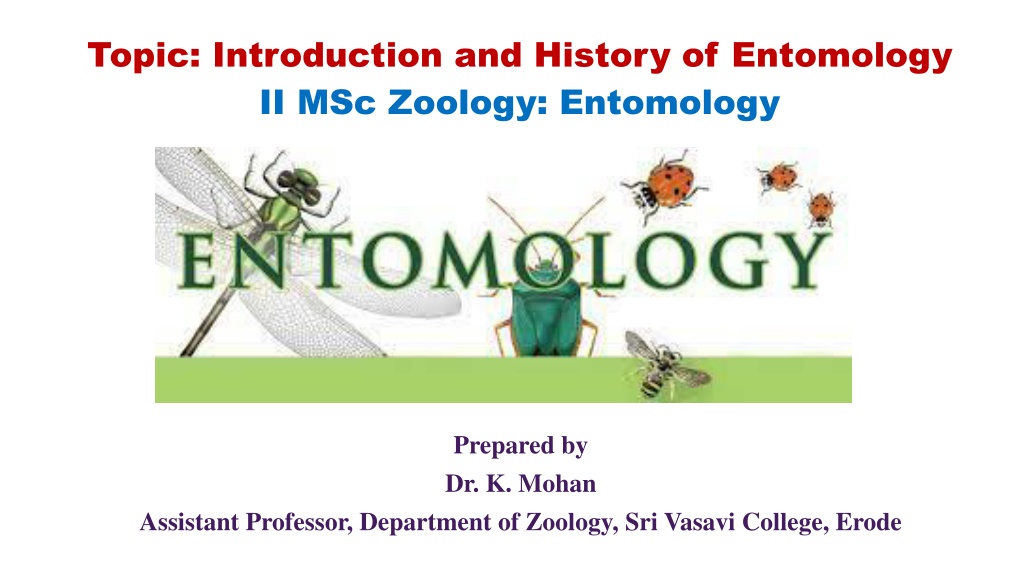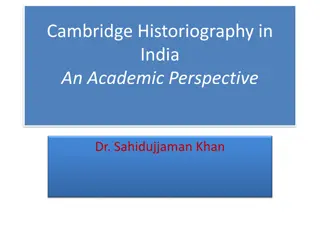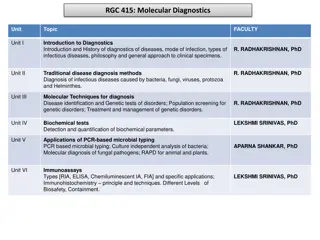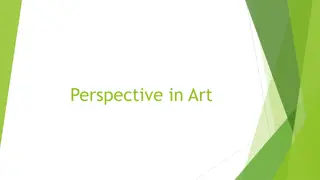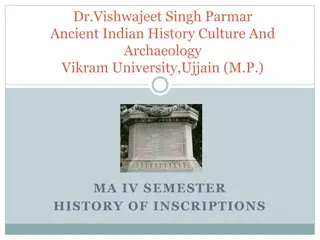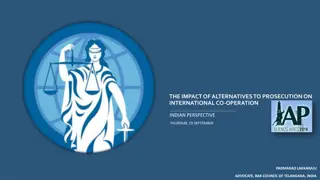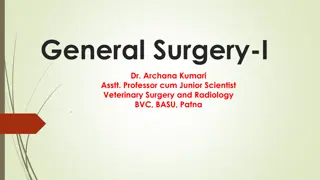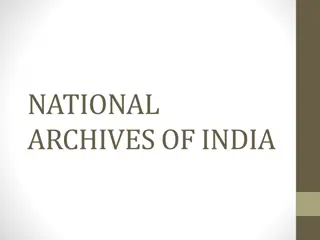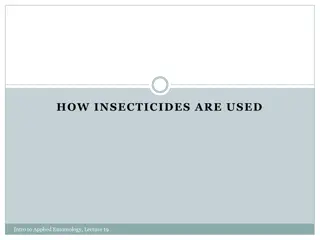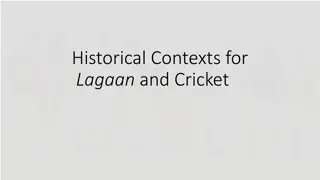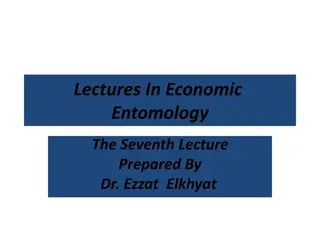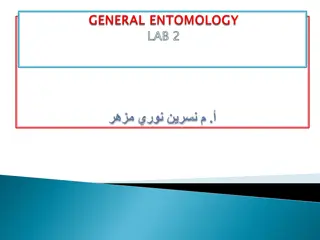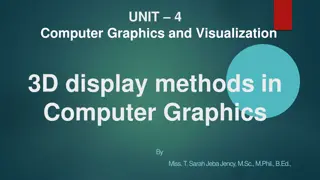Evolution of Entomology in India: A Historical Perspective
Entomology, the study of insects, has a rich history in India dating back to the 16th century. From the contributions of William Kirby to the establishment of organizations like the Bombay Natural History Society, this field has evolved significantly. Key figures such as J.G. Koenig and Professor Linnaeus played crucial roles in documenting and naming Indian insect species. The modern era of Indian Entomology saw the start of publications on Indian ants and the appointment of entomologists to government positions. This overview highlights the milestones in the development of Entomology in India.
Download Presentation

Please find below an Image/Link to download the presentation.
The content on the website is provided AS IS for your information and personal use only. It may not be sold, licensed, or shared on other websites without obtaining consent from the author. Download presentation by click this link. If you encounter any issues during the download, it is possible that the publisher has removed the file from their server.
E N D
Presentation Transcript
Topic: Introduction and History of Entomology II MSc Zoology: Entomology Prepared by Dr. K. Mohan Assistant Professor, Department of Zoology, Sri Vasavi College, Erode
Entomology-Definition Entomology is a biological science dealing with a specific group of organisms, the insects
Man originated about a million years ago, and insects at least 500 million years ago Insects constitute the largest Class of the whole living organisms and about 72 percent of all living animals are insects with 9-15 lakh known species Entomology (from Greek, entomon= insect and logos= study) is the scientific study of insects, a branch of zoology. It aims at understanding their body organization & functions, their habit and habitat, their classification, development, distribution, origin past history and economic importance
Entomology divided into two categories 1. Basic/Fundamental/General Entomology: Deals with insect morphology, anatomy, physiology, taxonomy & systematics 2. Applied/Economic Entomology: Deals with ecology and economic importance and control of insects
History of Entomology Entomology in modern India must have taken its place in Natural History some time after the 16th century. Father of Modern Entomology: William Kirby 1758- The beginning of the modern era of Indian Entomology came with the publication of the tenth edition of Carl Linnaeus s Systema Naturae . This contained the earliest record of 28 species of Indian insects. 1767-1779- J.G. Koenig, a medical Officer from Denmark, a student of Carl Linnaeus and friend of Fabricius, for the first time during the 18th century collected number of insects from Coromandel area and Southern Peninsular India and his collections were studied and named by Professor Linnaeus himself. Fabricius, made Koenig's name remembered for ever by naming the well known and destructive red cotton bug of this country as Dysdercus koenigi. 1782 - Dr. Kerr published on account of lac insect. 1875- Foundation of the IndianMuseum at Calcutta. 1883- Bombay Natural History Society was started. Numerous contributions of Indian insects were published in the Journal of the Bombay Natural History.
1892- Entomological part of the Fauna of British India (now Fauna of India) series started with Sir George Hampson contributed first of the four volumes on the moths of India. 1893- Rothney published on Indian Ants (earliest record of biological pest control in India) i.e. White ants attack on stationary items. 1901- Lionel de Nicevelle was posted as the first entomologist to the Government of India 1903- Professor Maxwell Lefroy succeeded Nicevelle as Government Entomologist Subsequently State Governments also took up entomological work. Madras, Punjab and Uttar Pradesh appointed their first State/ Provincial Government Entomologists in 1912, 1919 and 1922 respectively 1914- T.B. Fletcher, the first Government Entomologist of Madras State, published his book "Some South Indian Insects
1916- The Natural History Section of the Indian Museum was formed as the Zoological Survey of India. 1921- Indian Central Cotton Committee to investigate on pests of cotton 1925- Indian Lac Research Institute, Ranchi in Jharkhand started 1940- Dr. T.V. Ramakrishna Ayyar published the book "Handbook of Economic Entomology for South India" 1963- Text book of Agricultural Entomology by H.S.Pruthi 1968- Dr. M.S. Mani's "General Entomology 1969- "The monograph on Indian Thysanoptera" was published by Dr. T. N. Ananthakrishnan
